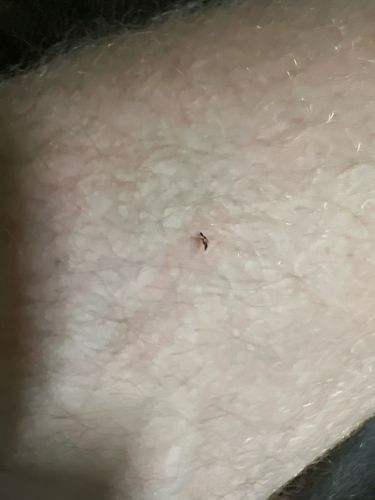Flea
Scientific Name: Siphonaptera (order), various species (e.g., Ctenocephalides felis, Pulex irritans)
Order & Family: Order: Siphonaptera, Family: Pulicidae (common fleas), various other families
Size: Typically 1.5 to 3.3 millimeters (0.06 to 0.13 inches) long

Natural Habitat
Fleas are parasitic insects that live on the skin of warm-blooded animals, including mammals and birds. They are often found in animal bedding, carpets, crevices, and other areas where their hosts rest or spend time. They thrive in warm and humid environments.
Diet & Feeding
Adult fleas feed exclusively on the blood of their hosts. They are obligate hematophagous parasites. Larval fleas feed on organic detritus, including adult flea feces (which contains undigested blood) and skin flakes.
Behavior Patterns
Fleas are wingless insects known for their ability to jump significant distances, relative to their size, to get onto a host. They spend most of their adult life on a host. Females lay eggs (up to 50 per day) that fall off the host into the environment. These eggs hatch into larvae, which then pupate before emerging as adult fleas, often triggered by vibrations or carbon dioxide indicating a potential host nearby. They are often most active in late spring and summer.
Risks & Benefits
Risks: Fleas can cause intense itching, skin irritation (flea allergy dermatitis in pets), and secondary skin infections due to scratching. They are vectors for various diseases, including tapeworm (Dipylidium caninum) in pets and, historically, the bubonic plague (via Yersinia pestis bacteria carried by rat fleas). Benefits: From a human perspective, fleas offer no direct benefits. In ecological terms, they are a food source for some predators and contribute to nutrient cycling as decomposers of organic matter as larvae, but primarily, they are considered pests.
Identified on: 10/18/2025